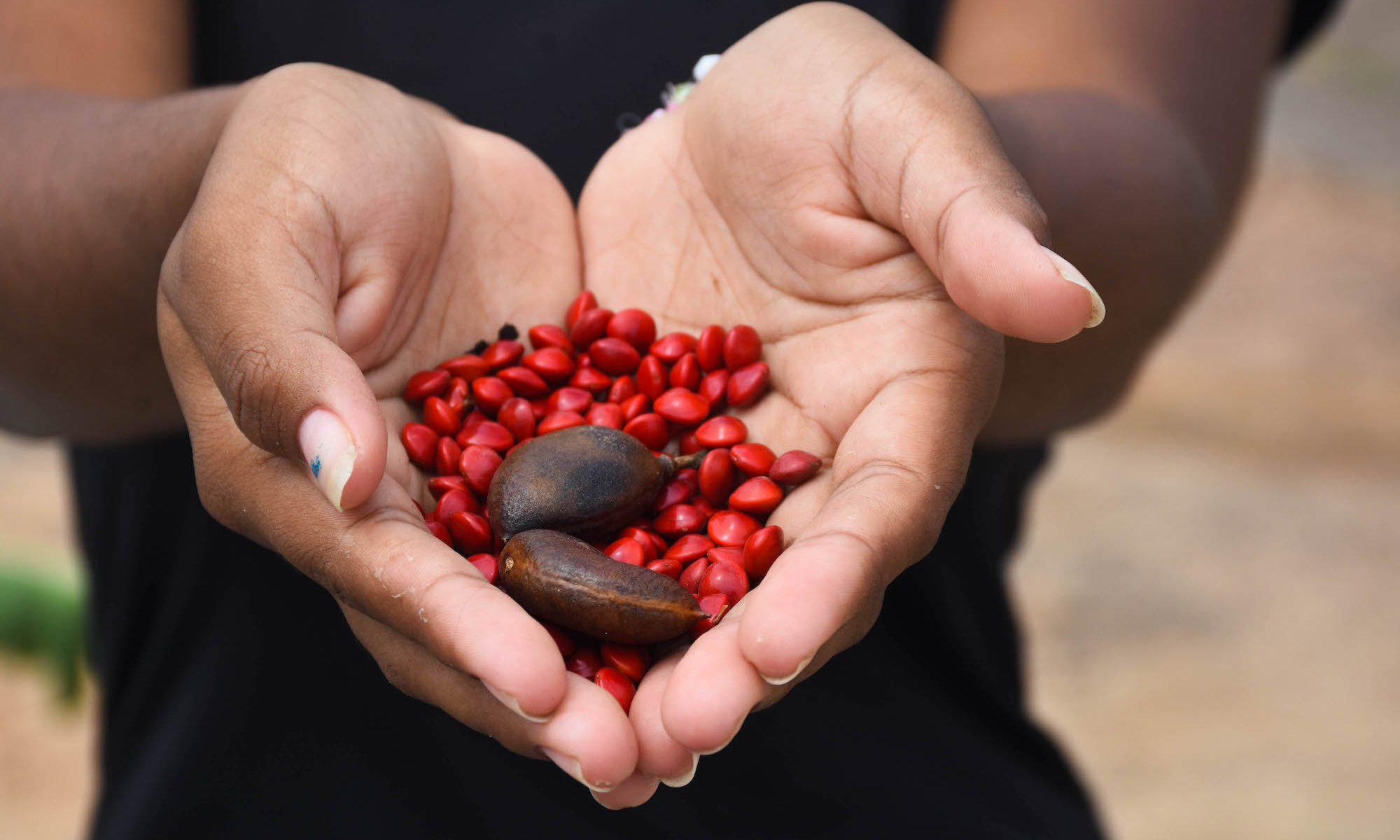VEHA
Guidance

Guidance
Virtual Environmental and Humanitarian Adviser Tool – (VEHA Tool) is a tool
to easily integrate environmental considerations in humanitarian response. Field Implementation guidances are useful for the design and execution of humanitarian activities in the field.
Water pollution can affect people’s health. Bacterial, viral and parasitic diseases like typhoid, cholera, encephalitis, poliomyelitis, hepatitis, skin infection, and gastrointestinal diseases can spread through polluted water increasing the probabilities of overloading the capacity of excreta management systems due to diarrhoeal and vomiting cases. This impacts efficiency and capacity (that is increased amount of excreta generated due to health burdens).
In addition, proximity between water tubewells and latrines, soil porosity, ground water table, topography, drainage, and stability of slopes, may result in pollution of wells from surface water, sewage, sludge, solid waste leachates, chemical spills, etc and subsequent sickness or disease.
The specific needs of women, children, the elderly, disabled, minorities, and people living with chronic or terminal illnesses should be considered in the design and selection of environmentally sustainable hygiene items.
Air pollution
Soil pollution
Water pollution
Loss of biodiversity and ecosystems
Natural Resource depletion
Water and soil pollution due to unsafe disposal of menstrual or incontinence items.
Menstrual hygiene and incontinence items have the potential to create health hazards to people, flora, and fauna, due to the materials they are made of and the large volumes of waste they can create when they are designed as single-use elements, and due to the pathogens, they harbor.
Promote, appropriately demonstrate, and provide reusable menstrual kits and incontinence kits together with the corresponding items for keeping them clean.
The introduction of reusable hygiene kits for menstrual and incontinence management will significantly reduce the volume and hazardous nature of waste communities produce. Reducing waste also helps reduce potential disease spread. However, training, awareness-raising, and discrete culturally appropriate demonstration are required to encourage acceptance and use. Affected people must as a minimum be consulted before distributing reusable items and materials to reduce the likelihood of them remaining unused and going to waste.
If reusable items will be distributed it is important to also provide additional soap and water, and disinfectants in order to enable proper reuse and avoid early unnecessary disposal.
Disposal of menstrual and incontinence items is done without proper control measures in many countries. Where it occurs it often leads to water pollution.
Percentage of recipients who demonstrate ongoing use of reusable menstrual or incontinence hygiene items
Prevention of environmental damage
Time to source and verify the environmental sustainability of re-usable menstrual and incontinence items.
Time to promote their acceptance and use amongst communities.